MCX Crude oil September futures: Go long for expected target of Rs 7000/bbl; MCX prices may see correction
By Bhavik Patel
Brent crude has breached $90 on the downside for the first time in eight months after Russia invaded Ukraine. In February when Russia invaded Ukraine, Brent was trading around $90 and then prices skyrocketed when fighting intensified. With recession fears growing and OPEC+ eager to keep prices high, the group may well be forced to make another production cut. This week OPEC+ cut its production target by 100,000 bpd, a move that was largely symbolic due to the group’s underproduction. Market took in stride the cut where prices briefly rallied but weak demand sentiment again came to the forefront as prices took a dive and Brent traded below $90.
China’s zero covid policy is one of the reasons why demand has been weak. Chinese oil import has been declining and they are putting cities under lockdown thus weakening demand from Asia’s largest crude oil buyer. Add to this the expected imminent recession in major European economies, triggered by the energy crisis and sky-high prices and the aggressive interest rate hikes from central banks, including the Fed, and the economic prospects for the world don’t look great for crude right now and that is what is being reflected in the prices. However there is hope for bulls. It’s currently anyone’s guess how the planned price cap on Russian oil will impact markets, especially if Russia follows through on its threat to stop exporting its oil to importers that will have joined that cap mechanism.
Also read: MCX Gold outguns Comex on weak Indian Rupee, yellow metal may trade sideways; buy on dips for gains
In MCX, prices still have room for further correction. Momentum oscillator RSI_14 is at 38 and historically in the last 2 years, it has bounced from levels of 33-31. So one can expect any short covering from levels of 6400-6300 levels in Sept contract. On the downside, support is around 6400-6300 levels while resistance is at 7200 levels. For next week we would recommend to wait around levels of 6400-6300 where one can go long for expected target of 6800-7000 and keep stoploss around 6200. The reason behind this is prices have already corrected but not to the point of oversold region and so once price comes around the oversold region, one can take a long position as risk/reward will be favourable. In the current scenario, further shorts will not be favourable for the risk/reward position as we have already seen steep corrections and there is room for downside. So wait for prices to come into the support zone for taking further fresh positions.
(Bhavik Patel is a commodity and currency analyst at Tradebulls Securities. Views expressed are the author’s own. Please consult your financial advisor before investing.)

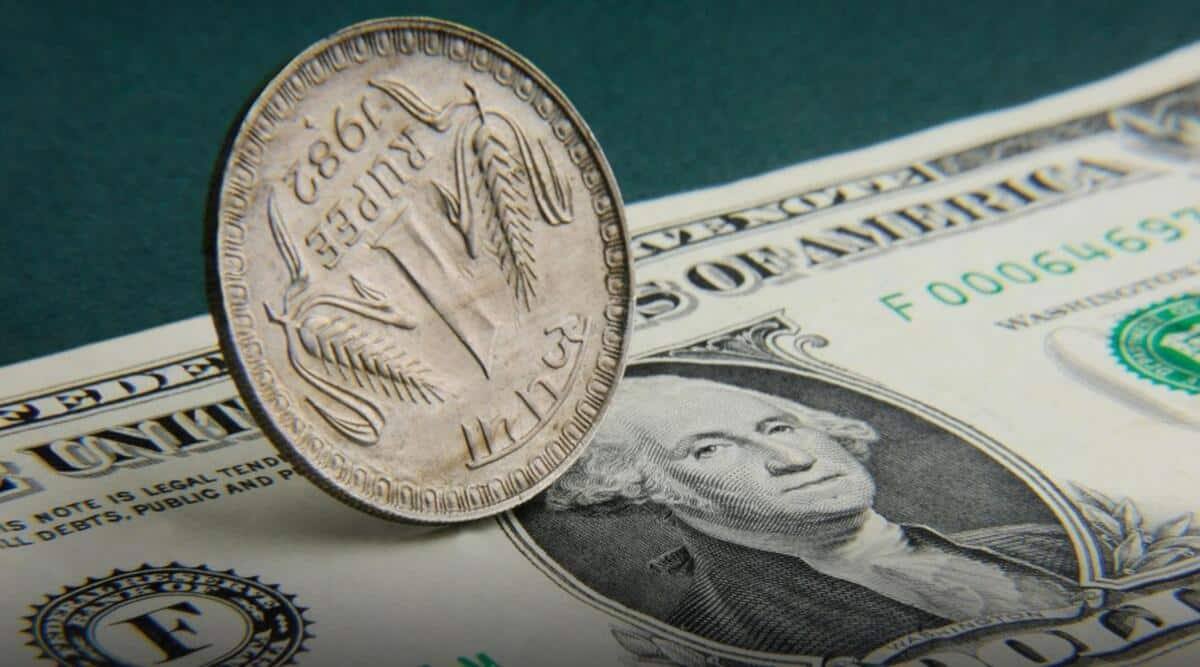
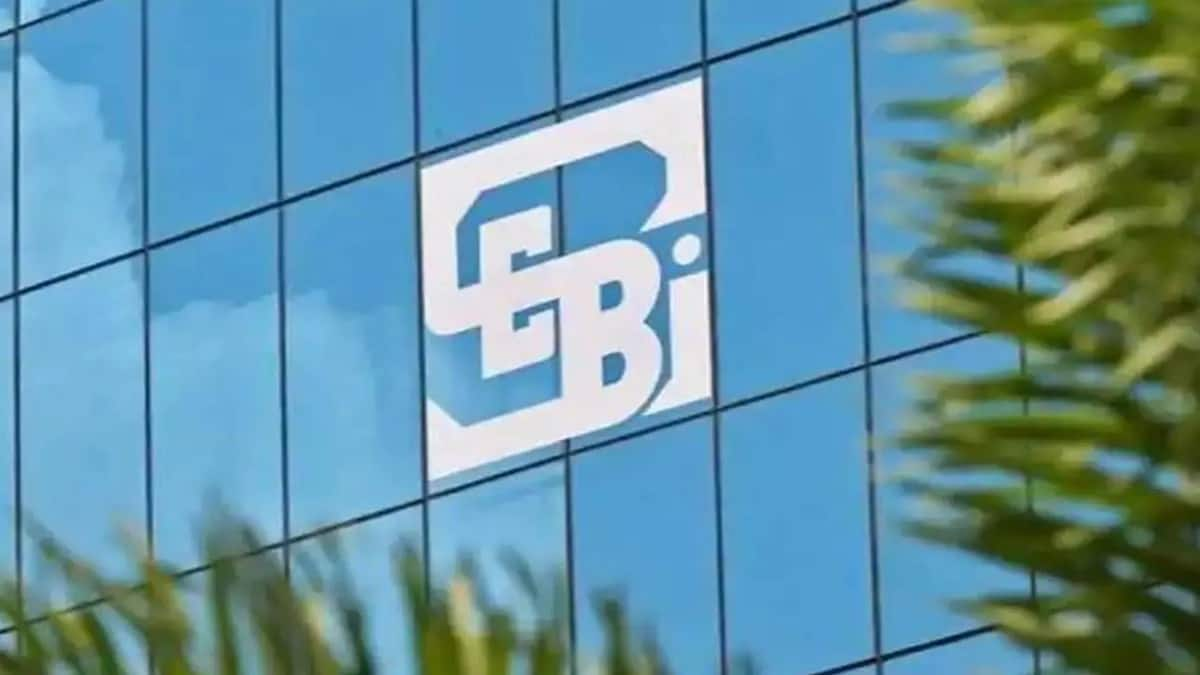
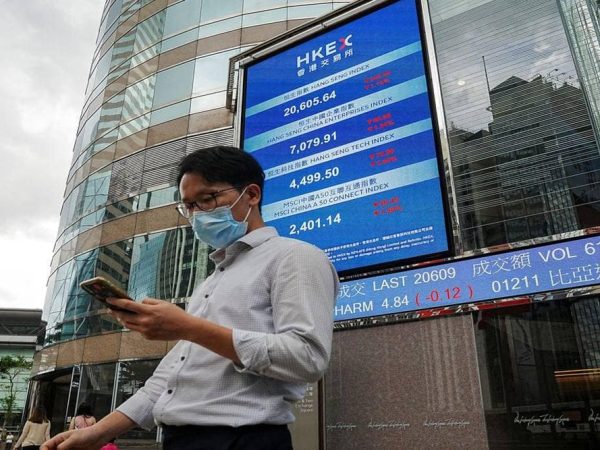


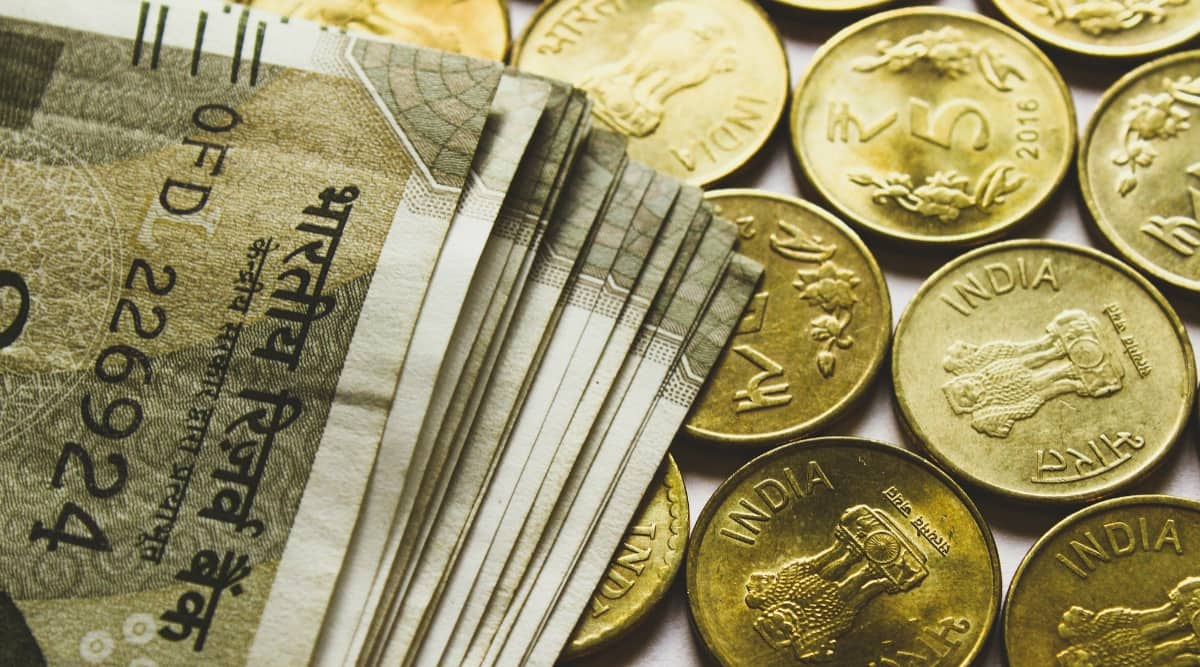


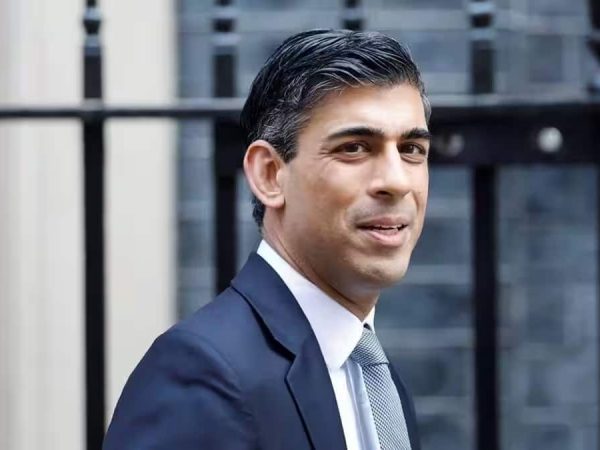
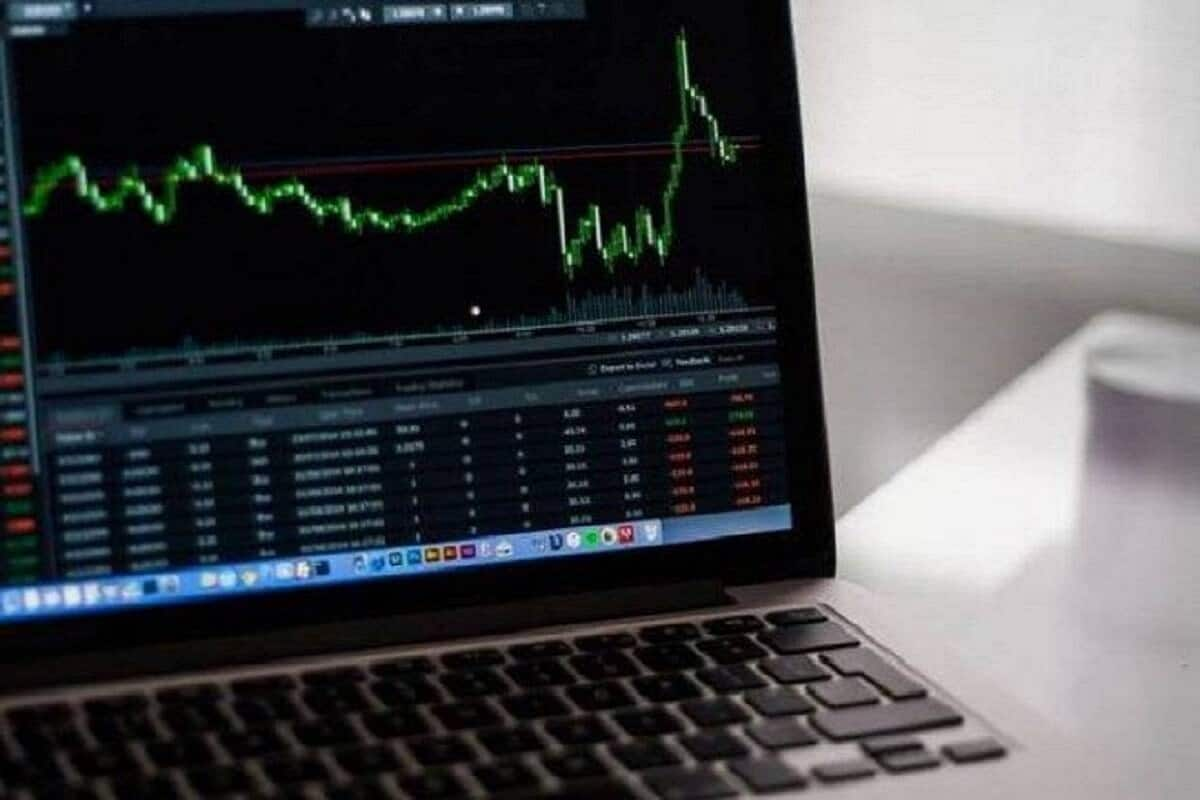
Recent Comments